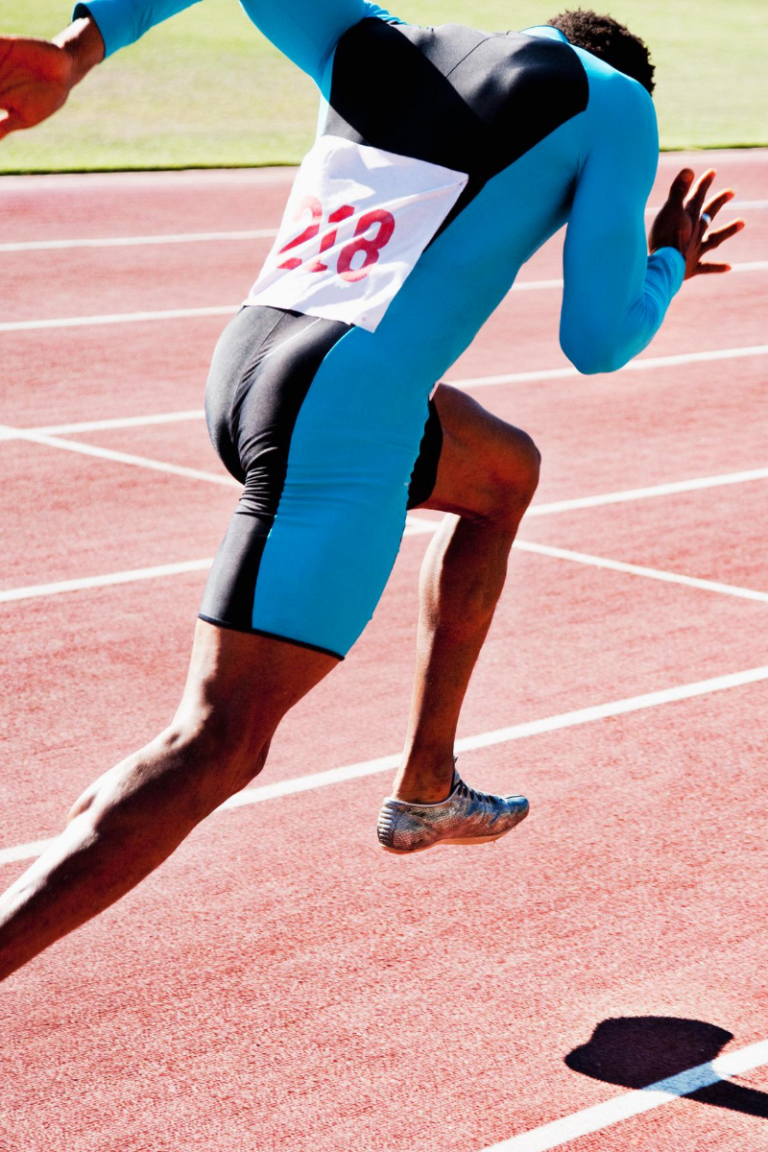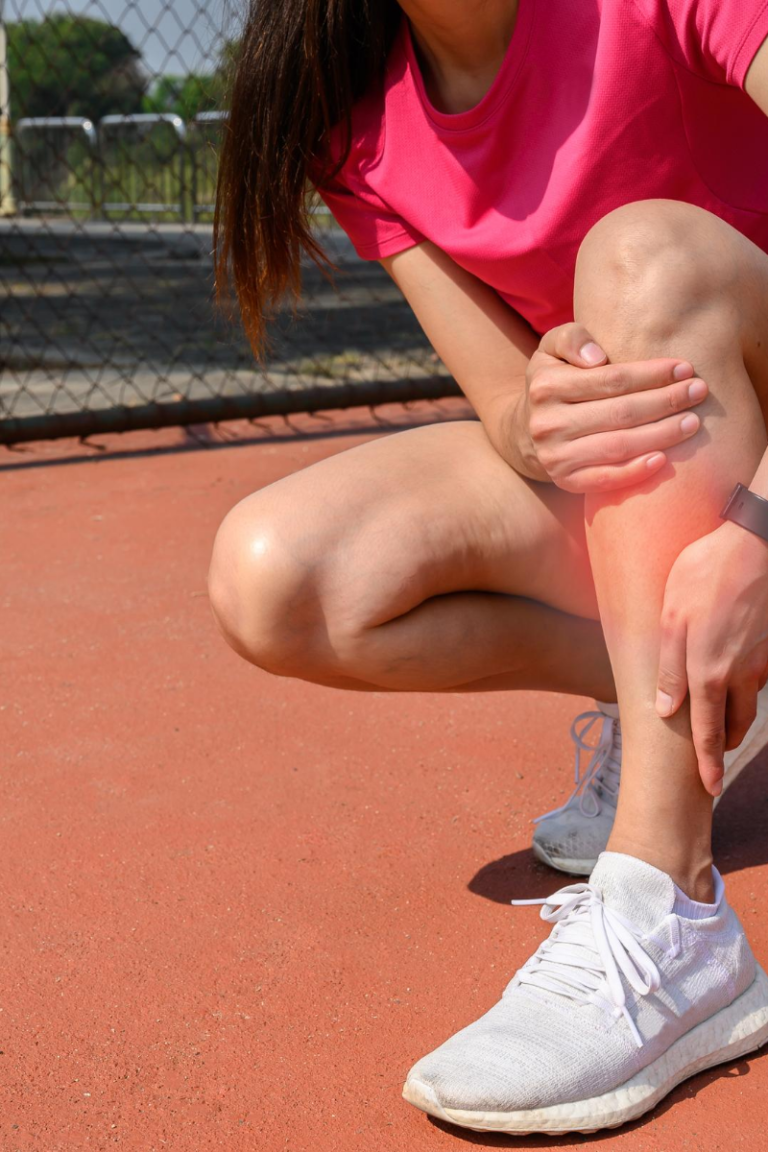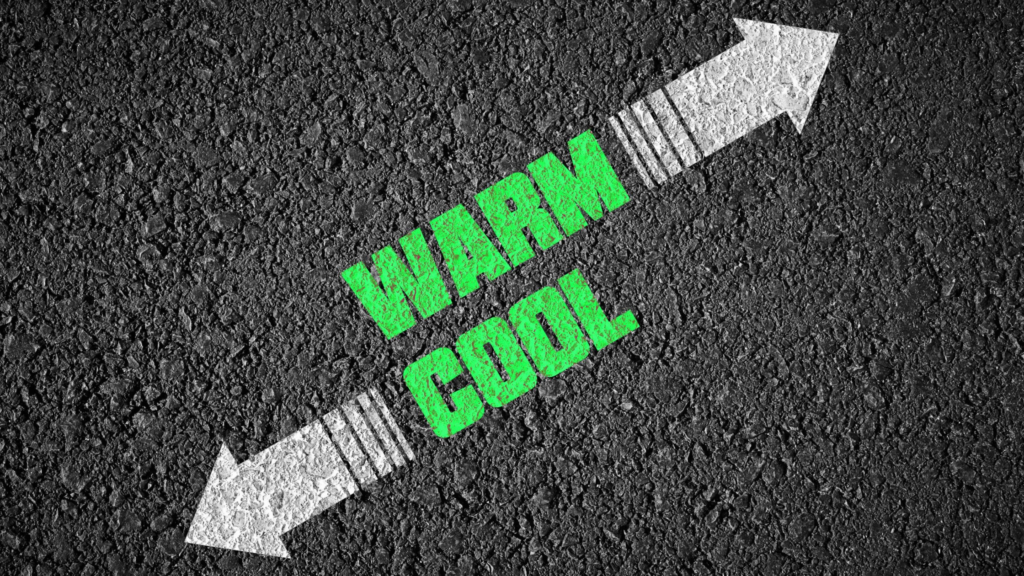
Dr. Mitch Broser
“Your recovery time should be proportional to your training intensity level.”
In the strength and conditioning world, it has been long understood that the warm-up and cool down is essential for optimal performance and recovery. In the athletic world, you will quickly realize that warm-ups and cool-downs all look different. Some people warm-up for 5 minutes while others for 90 minutes. Some do generic “mobility” drills, while others stretch and foam-roll. Some cooldown with cardio and sauna, while others cooldown with stretch and cold-water immersion.
There is no perfect recipe for a warmup or cooldown. Everyone is genetically and biologically different (born with, and acquired through hard work and training), hence their bodies have different needs. You also need to consider what you are warming up for. A heavy strength day? A long trail run? Booty bootcamp? Or maybe you’re propagating plants all afternoon. I’m not going to tell you how to warm-up or cool-down, because that can’t be done through a blog. But here are a few things you may not have considered when preparing for performance or recovering from performance.
The Energy Systems

A warm-up should be designed based on the task you are about to complete. From general to specific, you need to consider what the task demands. Starting generally, which physiological energy system is required? To put it simply, we have three energy systems: the Phosphagen (Phoso-Creatine) system, the Glycolytic system and the Oxidative system.
Phosphagen (The Phospho-Creatine system)
The Phosphagen system is an inefficient system that uses up ATP (stored energy) very quickly, but produces energy rapidly. It provides energy in high-intensity activities lasting 10-30 seconds. This system is predominant in max effort activities, like very heavy lifting, sprints and explosive movements. These tasks are also very neurologically demanding, requiring maximal force expression (producing a lot of force, or producing some force very fast).
Glycolytic
This system uses carbohydrates to produce ATP. It cannot produce energy as quickly as the ATP-PC system, but it is more efficient, able to provide energy for 30 seconds to 3 minutes. This system would be predominant in submaximal training such as circuits, intervals or high-intensity drills. These are also very neurologically demanding as they require sustained near-maximal efforts.
Oxidative
Unlike the other systems, the oxidative system uses oxygen to produce energy. This system uses fats and proteins as the source of energy. This system is dominant in low- to moderate-intensity activities such as long runs. These tasks are low intensity sustained efforts that are not as taxing on the nervous system.
We must understand that these energy systems do not work completely independent of one another. For instance, as soon as you hit the 30 second mark in a hard run, your ATP-PC system does not shut off as your Glycolytic system fires up. In almost all activities, these systems are all working together and contributing to different capacities. In max-intensity activities, the oxidative system helps a little bit, your glycolytic system helps some more, while your ATP-PC takes the brunt of the work. In more than 90% of activities, the aerobic (oxidative) system plays a role in manufacturing energy. When we warm-up and cool down, we need to take these energy systems into consideration.
Force Expression


Max intensity exercise demands maximal force expression, whether that be max force (1 rep max) or speed (producing force rapidly), which predominantly relies on the ATP-PC system. In these types of activities, you need to warm-up to maximize your ability to express force. The capacity to express force is dependent on two things – your nervous system and your meat machine (ie your tissues). Taking your joint through their full ranges of motion is a way for your nervous system to practice using all of the tissue available. Afferent feedback (information from the joint or tissue, to the spinal cord and brain) is a mechanism by which the nervous system understands what is going on in the joint and surrounding tissues, allowing it to respond dynamically. By “warming-up” all of the tissues and muscles available, you maximize your ability to use the available tissue in the task. We can also utilize the concept of short-term potentiation to temporarily enhance synaptic transmission (more transmission of neurological impulses to the muscles, increasing muscle fiber recruitment and in turn increasing force production potential). To take advantage of short-term potentiation, you need to practice the movement, the components of the movement, or movements which use similar muscles and joints. You also need to do this at high intensities. However, be aware of the sweet spot. If you warm-up too much at these high intensities, you may overshoot and induce fatigue, passing the peak of your force-expression capacity, compromising performance. Your chronic workload (aerobic capacity) is a significant factor in determining warm-up length and how long your peak performance (peak force expression) will last before fatigue sets in. So, for a warm-up, from general to specific, you should prepare your tissues by taking your joints through their full ranges of motion, then prime your nervous system through short-term potentiation to maximize performance.
After an activity of repetitive motion, especially at higher intensity, you naturally lose range of motion of a joint. For example, in baseball pitchers, immediately after a game their range of motion (shoulder internal rotation; elbow supination and extension) declines and stays depressed for more than 24 hours post-game. The reduction is also prominent over the course of a season as baseball pitchers experience a reduction in ROM post-season compared to pre-season. This holds true in other sports or occupations which require repetitive movement. In the short-term, this is driven by the nervous system fatigue as a result of elevated stress (elevated sympathetic drive) and temporary tissue change (reduced capacity for the tissue to be loaded and stretched). In the long-term, this leads to change in tissue quality and structure, causing decrements in range of motion. With the repetitive motion of throwing, the connective tissue experiences a natural inflammatory response to promote recovery, which presents as a temporary reduction in connective tissue extensibility (ie. reduction in joint range of motion). When adequate recovery measures aren’t taken, the inflammatory mediators (ex. hormones) in the blood and byproducts (waste) aren’t removed and the body perceives continued stress, not allowing for sufficient recovery. Over time, chronic poor recovery will lead to degradation in tissue quality and a chronically fatigued nervous system, manifesting as reduced performance and elevated risk of injury.
A large factor in recovery is aerobic capacity. One who has a high aerobic capacity is very good at using oxygen and burns fats/proteins. An efficient cardiovascular system is needed for fast and effective recovery from exercise. One study (Rodriguez-Fernandez, et al. 2019) looked at 45 youth soccer players. Those athletes classified as having “high” aerobic fitness performed better in the lab VO2max test, 20m multi-stage shuttle run and soccer specific test at max effort anaerobic threshold, as well as faster heart rate recovery. Another study (Michailidis, et al. 2019) looked at how aerobic capacity (VO2max) influences muscle re-oxygenation following a repeated anaerobic sprint test in soccer players. These results showed that a higher aerobic capacity allows for faster muscle re-oxygenation following sprint tests, translating to higher performance in repeated sprints (i.e. higher force expression in subsequent bouts).
Recovery and Overuse Injuries

Overuse injuries occur due to repetitive submaximal loading of the musculoskeletal system when rest is not adequate to allow for structural tissue adaptation (recovery) to occur. Relative to each athlete’s baseline heart rate variability (HRV) measurement (link to blog about “stress”), imbalances in parasympathetic (rest and digest) and sympathetic (fight or flight) may indicate an athlete is in a state of ongoing repair and recovery or adapting positively to training load. One study in Crossfit athletes (Williams, et al. 2017) showed that a reduction in HRV (which indicates high stress/load) concurrent with increases in workloads (training intensity) was associated with a higher probability of experiencing an overuse injury in the following week. Obtaining high chronic training loads (ie. “fitness”) without rapid spikes in acute workload is currently considered the “best practice” approach for optimizing performance while minimizing injury risk in elite athletes.
If you want to recover from your workouts better, you need to have a high chronic workload. The only way to achieve this safely and effectively is through low-intensity training. It costs energy to exercise, and some forms of exercises have a higher price tag. High-intensity intervals, threshold training and high-intensity competition costs a lot of energy and cuts deep into your energy bank account (ie. how much training you can handle). If you do not allow enough time for adequate rest before your next high-intensity session, you will not be able to replenish your energy bank account, leading to limited energy funds available. If you continue this vicious cycle of high intensity training with insufficient rest, you will soon deplete your energy bank account toward zero, increasing your risk of over-training (decrease in performance) and overuse injury. Lucy for us, training at low intensity is not as “energy expensive”. Low intensity training (aerobic training) requires less time for recovery which means you get to train again sooner. Getting in more low-intensity training will increase your aerobic capacity, increase your chronic workload and in turn increase your recovery efficiency and replenish your energy bank account.
When we talk about inflammation as a side effect of training hard, it isn’t to say that the inflammatory response is bad. In healthy tendon under optimal loading, it is believed that an “ideal” inflammatory response occurs which maintains the balance between collagen (tissue) degradation and collagen synthesis (Wang, et al. 2006). Collagen is what makes up a tendon. If a tendon is overloaded beyond its threshold, collagen damage occurs in excess, offsetting the balance between collagen breakdown and repair which leads to reduced tendon function and strength. When excessive damage occurs, there is an increase in inflammatory mediators (hormones which make the inflammatory process happen). This is also seen when a tendon is subject to repetitive submaximal loading without appropriate unloading and recovery.
All-In-All
We can make our warm-ups more effective by taking into consideration the energy demands of the task and how we want to express force. For a cooldown, there isn’t a way to “speed up recovery”. There is only a way to optimize the environment for your body to recover in. First and foremost, you need a high-functioning cardiovascular system which is directly related to the aerobic system. Do your aerobic work! To improve aerobic capacity, you need to train your oxidative energy system, which includes sustained low-to-moderate intensity exercise. If you want to cool down and recover better, you need to train for it.

